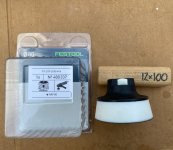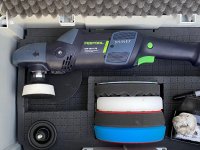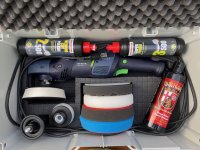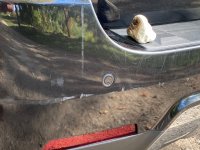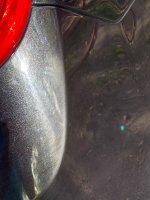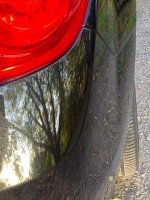Using an old RO 150E+, which attachments/accessories should I use for the buffing compound? A solid foam pad, or wool bonnet?
Which would be easier as far as cleanup?
I understand from an earlier post that the accessories for the ETS 150 are interchangeable with my machine.
Gary in California
Which would be easier as far as cleanup?
I understand from an earlier post that the accessories for the ETS 150 are interchangeable with my machine.
Gary in California

